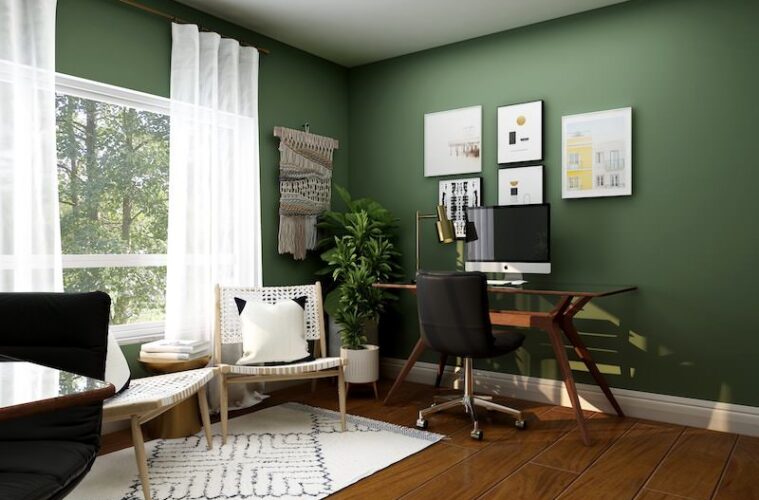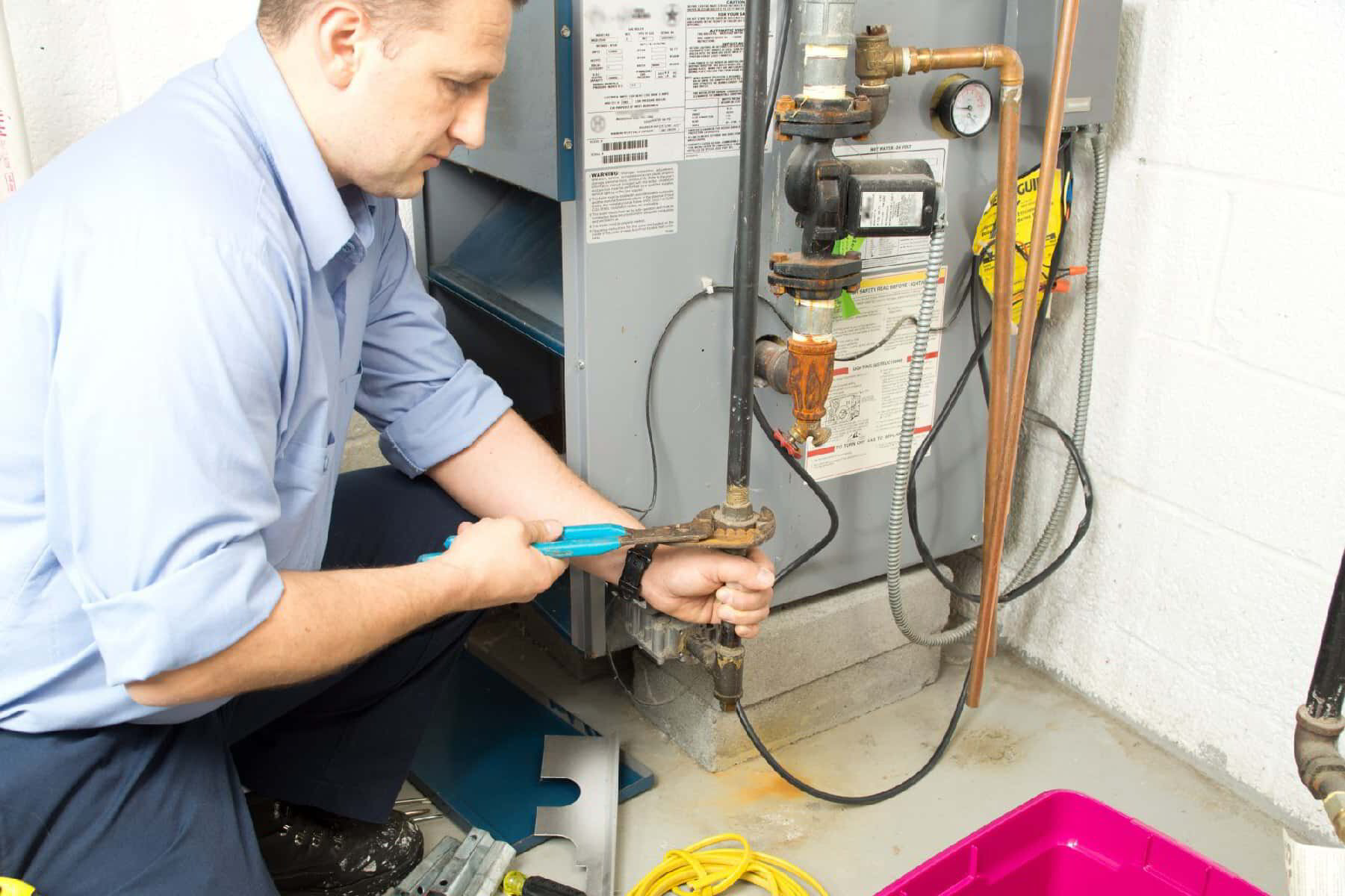Working from home definitely has its perks: no need to rush through traffic, you can take that midday break for a walk around the neighbourhood, and no one is there to judge your day-old pyjamas. But it also comes with its own set of challenges, like finding the right setup for productivity. Here are some tips for creating an efficient and effective home office space. Happy working!
WFH or on-the-go?
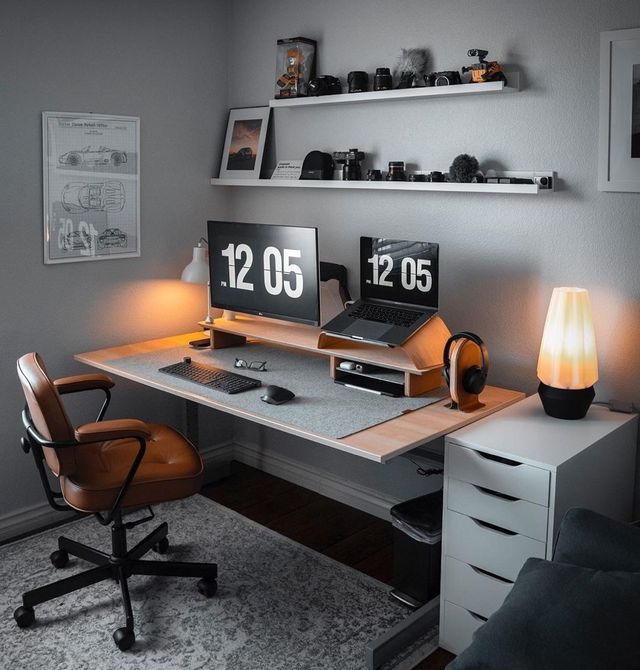
source: pinterest.com
Working from home used to be a luxury reserved for the very important. Now it’s synonymous with practically every office job imaginable. If you can do it on a computer, it can be done from home. While the pandemic has been a challenge, the paradigm shift to flexible working arrangements is a godsend for most.
However, when it comes to putting together the best home office setup for productivity, your decisions will likely be impacted by location.
Working from home
According to the ABS, two in five fully-employed Australian’s (41 per cent) worked from home at least once a week in February 2021, compared with 24 per cent at least once a week before March 2020.
What would have started as a makeshift desk at the dinner table has likely evolved into its designated work area. Ideally, your work from home space should be in its own room with a door that you can shut for privacy.
Unfortunately, not all of us are lucky enough to have a spare room available. If you’re limited on space, look for a niche space in your home to get set up.
Mobile office
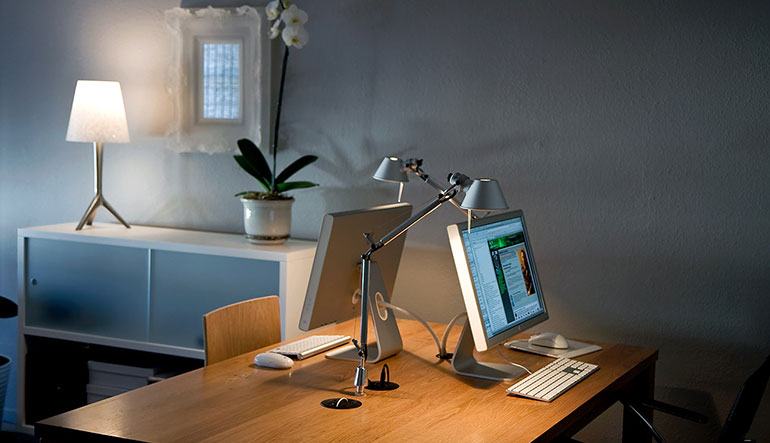
source: lifehack.org
While international travel has been severely impacted, there are still those that regularly travel for work. If you can’t bring your office with you, a portable office setup is the way to go. Be sure to invest in a laptop stand that you can take with you, as notebooks aren’t exactly great for ergonomics.
You’ll also want a travel keyboard and mouse with your sitting at the optimal height. Some take standard AA batteries, while others require charging before use.
Office Ergonomics
Ergonomics is a fancy word given to the science of designing workstations that fit within the capabilities and limitations of the worker. The science of ergonomics applies to all kinds of work situations, from truck drivers to kitchen workers, and of course, office workers.
The overall goal for Columbus Ohio office furniture is to promote a comfortable working environment for maximum productivity and efficiency while reducing fatigue. The best home office setup should feature an external monitor or screen at eye level and arm’s length away, a stable chair where your feet are in contact with the ground or a footrest and your knees are level with your hips. Your desk should also be high enough that your wrists are straight and your hands are at or below elbow level.
Sounds like a lot, right? Well, let’s break it down for you.
Desk: To stand or not to stand?
If you recall the story of Goldilocks and the three bears, you know how important it is to find something that’s just right. Your desk should be no different. When picking your desk, you should base it on your height. The taller you are, the taller your office desk should be. Conversely, the shorter you are, the lower to the floor your desk is.
However, with the rise in popularity of standing desks, you can avoid this ergonomic predicament altogether. Able to be adjusted to various heights, either electronically or manually, standing desks are a fantastic option for any home office setup.
Chair: supporting your back
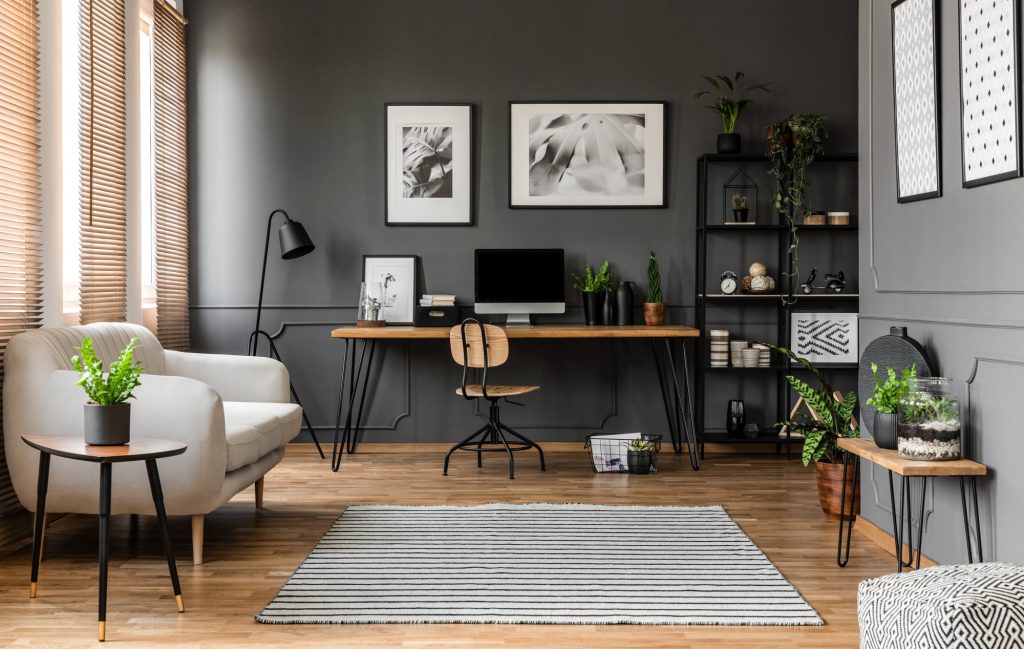
source: atyourbusiness.com
Sadly, many of us don’t know what it feels like to sit in a supportive chair. Having proper lumbar support for your spine is critical for office ergonomics and even more important for protecting your back. Unfortunately, many of these ergonomic office chairs are prohibitively expensive, leaving most of us to scavenge amongst affordable alternatives.
The best way to find a supportive office chair is to give them a test run. You’ll want an office chair with adjustable height, at least four caster wheels, lumbar support for your lower back, and adjustability for pan and tilt. Armrests are also preferable, as they’re an excellent reminder to keep your arms in the proper position.
Height: Adjusting your monitor
There’s nothing quite like looking at an Excel spreadsheet in its entirety. The best home office setup should have an external monitor. The larger, the better, and if you can, get two. It should also be positioned at about an arm’s length away from your eyes to avoid eye strain. The tips of your fingers should just about touch the screen. Unfortunately, most monitors can’t be lifted high enough, so you may need to purchase a monitor riser or a monitor arm. If you happen to wear bifocal lenses, lower your monitor by about 5cm.
Lighting: Natural or Artificial?
We can’t stop you from working in the dark, but we can tell you how lighting can impact your performance. As we move between brightly lit and dark areas, our eyes automatically adjust by opening or closing our pupils to allow light to enter. Light is then interpreted by two photoreceptors – rods and cones – with the latter responsible for light sensitivity. When it gets dark, these cones increase sensitivity at the cost of image detail.
This increase in light sensitivity and lack of image detail can lead to eye strain, especially if you’re staring at a bright computer screen in a dark room.
To avoid damaging your eyes, you’ll want to introduce as much natural light as possible. If you’re nowhere near a window or skylight, it’s time to invest in more artificial light; lamps.
Another popular option is a monitor lightbar. Positioned atop your monitor, light bars reduce glare while also illuminating your desk space. Taking up less space than a desk lamp, monitor lightbars are indispensable to any office desk setup.
Office Peripherals
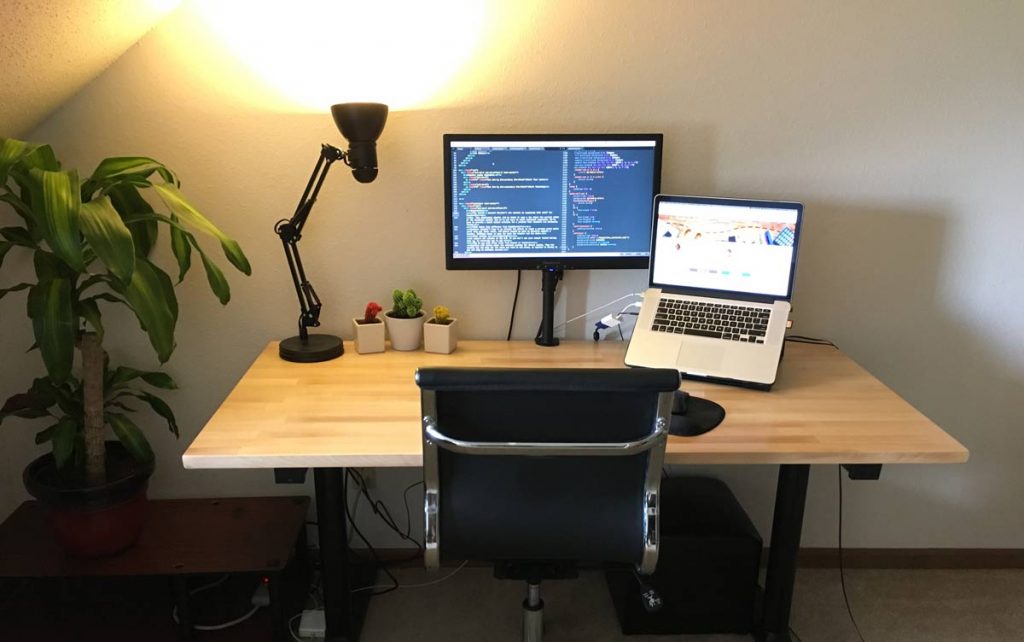
source: jonberes.com
Keyboard
Choosing a suitable keyboard for your home office is an often overlooked aspect of ergonomics. But with the resurgence of mechanical keyboards, many are seeing the benefits that an ergonomic keyboard can bring to their workspace.
Now, if you’re familiar with mechanical keyboards, you know how deep the rabbit hole goes. So we’re just going to stick with some top-level suggestions for your keyboard.
Keyboard Sizes
The most common computer keyboard is the full-size or 100% keyboard. These keyboards feature 104 keys, including a full-sized Numpad (typically on the right-hand side) and a function row. Unless you plan on using your Numpad, there’s really no benefit to having a full-size keyboard outside of complex gaming.
Like the tenkeyless or TKL keyboards, smaller keyboards do away with the Numpad altogether in favour of a streamlined full-size layout. Roughly 80% of the size, these keyboards still offer a complete function row and a navigational cluster (page up, page down etc.) without taking up too much space on your desk.
The benefit of a smaller keyboard means you can bring your mouse closer to your keyboard, reducing the need to stretch or reach, thus improving posture.
There are even smaller, more compact keyboards in the market like 60% and 40% boards that further streamline the board, either removing the function row, number row, or arrow keys. Small keyboards like these rely on multiple ‘layers’ to access additional functions, but that’s a bit beyond the scope of this article.
Mouse or trackpad
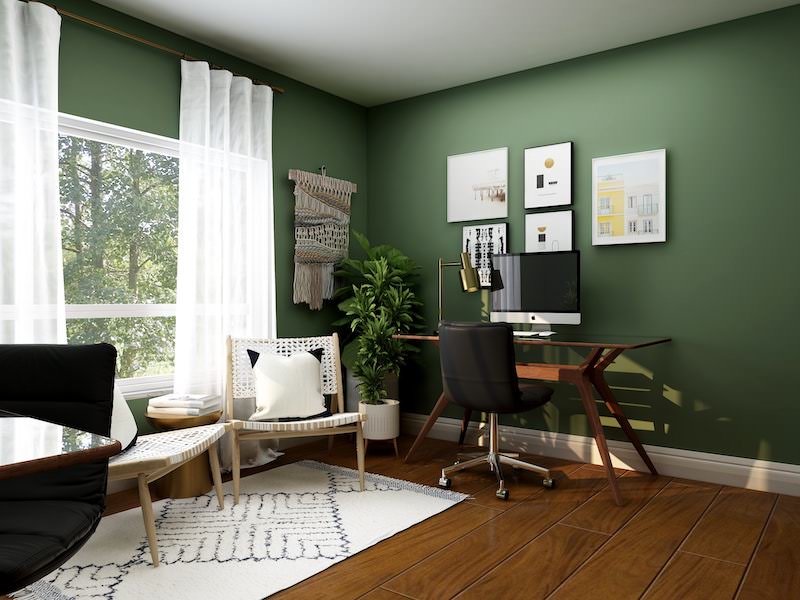
source: hongkiat.com
If you’ve heard of carpal tunnel syndrome, you know how much a computer mouse can impact your wrists. To alleviate the stress that mouse movements can have, follow these ergonomic tips:
- Grip your mouse lightly. Gripping too hard can put unnecessary strain on your hand and wrist.
- Keep your wrist in a neutral position while using your mouse. Avoid using your wrist to pivot your mouse movements. Use your entire arm instead.
- Sitting upright in your chair will promote optimal mouse positioning.
- Give yourself plenty of room to avoid moving from your wrist.
You can also invest in an ergonomic mouse or trackpad. Studies have shown that these are kinder to your hands and wrist.
If you’re using an external mouse and keyboard, a desk pad is also a must-have.
Headphones
Noise. Cancelling. Headphones. We cannot stress enough just how amazing this technology is. Renovations going on next door? Headphones. Neighbourhood dogs barking non-stop? Headphones. Block out the noises you don’t want and focus on work without distractions. You don’t even have to listen to music either. Just pop on your pair of active noise-cancelling headphones and get work done.
Cable Management
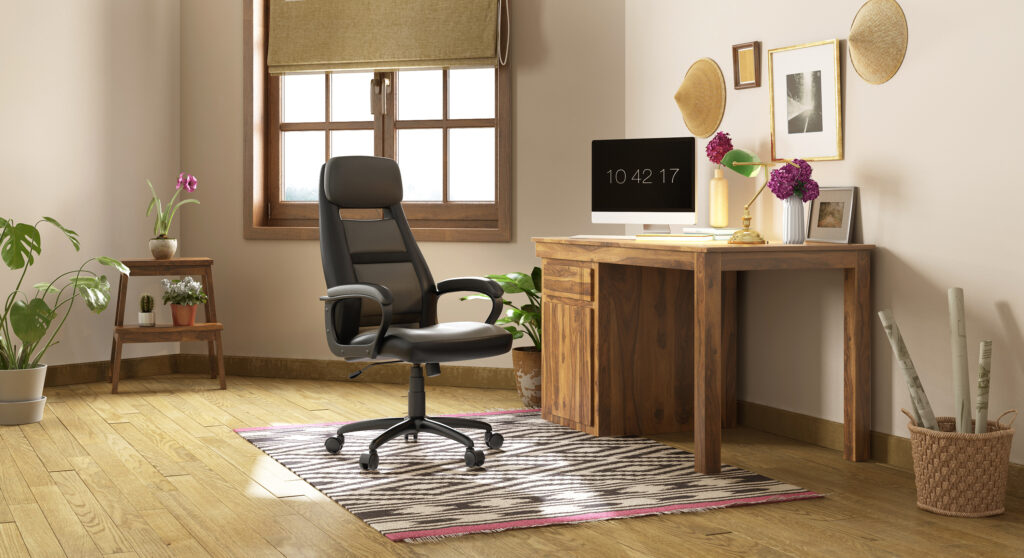
source: ulcdn.net
Nothing quite says productivity like a clean looking desk. And nothing is cleaner than a desk that has been well cable-managed. If you’ve got a birds nest of wires left over, consider using cable ties and other cable organisation tools like cable sleeves and cable boxes.
Because every setup will be different, we can’t give you a one-size-fits-all plan of attack. Instead, we’ve got a few handy tips that any cable manager can employ for their desk setup.
- Mount your power board to the underside of your desk.
- Bundle the cables from your monitor to your computer using cables sleeves.
- Use cable channels or cable clips to route cables underneath your desk.
- Wrap up loose cables with velcro straps or buy shorter cables.
Make Moving Office Smoother
Make things easier by hiring a team of professional office furniture removalists. Enjoy peace of mind with our end-to-end office relocation service that starts from the moment we arrive and doesn’t end until we plug in the final piece of equipment. Get in touch with Smoothmoves for a commitment-free quote and a smooth move guaranteed!

